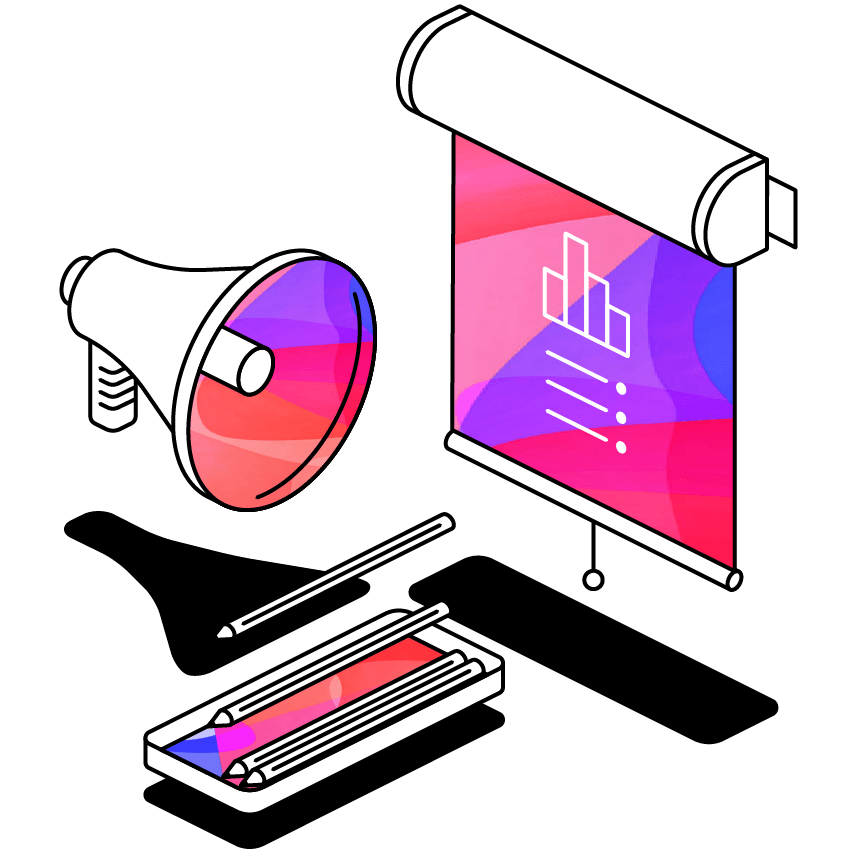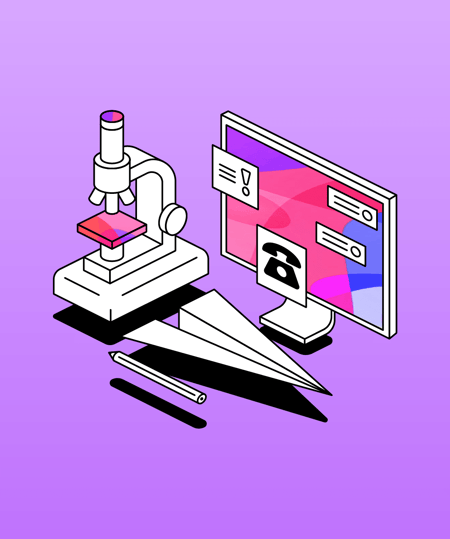Why do verbal and non-verbal reasoning skills matter?
You may often hear professionals talk about verbal and non-verbal reasoning skills in students with dyslexia. So what are these, and why are they important?
 3 min read
3 min read
 Published: 9 Aug 2019
Published: 9 Aug 2019
 Dr. Sue Wilkinson
Dr. Sue Wilkinson


You may often hear professionals talk about verbal and non-verbal reasoning skills in students with dyslexia. So what are these, and why are they important?
Verbal Reasoning
Verbal reasoning refers to our ability to understand concepts expressed through language. It is our ability to extract meaning and information from text, and our ability to think constructively and apply logic. It is not about vocabulary recognition, rather it is about how we engage with language (either verbal or written).
Non-Verbal Reasoning
Non-verbal reasoning refers to our ability to understand and analyze non-verbal (i.e. visual) information such as diagrams, graphs and maps. It requires more abstract thinking and refers to how well we can solve problems using our visual reasoning. There is no language involved, and it relies only on our ability to use and process visual information.
How does this relate to dyslexia?
Despite common misconceptions, dyslexia is not characterized purely by difficulties with reading and spelling. The brain differences that are apparent in people with dyslexia will make a number of tasks challenging. However, many problems do occur due to fundamental difficulties with reading.
The Problem with Reading
Reading involves several core components:
- phonological awareness
- decoding and word recognition
- vocabulary knowledge
- reading fluency
- reading comprehension
The ability to recognize words (which requires phonological awareness and decoding) along with the ability to comprehend language (which requires knowledge of language structure, vocabulary, and verbal reasoning) will lead to accurate, fluent reading and text comprehension.
Deficits in any of these requirements will interfere with the process and impact on the student’s comprehension and learning. The difficulties students with dyslexia experience with learning and understanding information often stem from weak phonological awareness, inaccurate word reading, and poor decoding; if the information being processed is not accurate then their understanding of the material and overall comprehension will be compromised.
Language and Cognition
Language functions are primarily located in the left hemisphere of the brain, and three areas in particular are involved in reading:
- Broca’s area (the inferior frontal gyrus), responsible for speech production and expressive speech
- Parieto – temporal region (the middle of the brain, towards the back), responsible for word analysis, turning print into sound, and helping us to understand words and concepts
- Occipito – temporal region (located at the back of the brain), responsible for automatically recognising word forms, and the storage and retrieval of whole words.
When functional magnetic resonance imaging (fMRI) is used to scan the brains of dyslexic and non-dyslexic people, results show that Broca’s area is overactive in dyslexics, and parieto – temporal and occipito – temporal areas are both underactive. These underactive areas are those responsible for helping us to understand words and concepts, and to recognize word forms.
This helps us to appreciate why students with dyslexia may struggle with verbal reasoning, as it is linked to language comprehension (understanding words and concepts); a function processed in an area of the brain that is underactive in people with dyslexia.
Students with dyslexia often score more highly on visual (non-verbal) reasoning tests than they do on verbal reasoning tests; this is due to the reduced reliance on phonological awareness and decoding. They tend to be better at processing visual material (diagrams, images, etc.) than verbal material (including written language).
How does this impact on students in the learning environment?
Although verbal and non-verbal reasoning involves manipulation and understanding of language (verbal) and visual (non-verbal) information, they are both cognitive skills that are necessary for many aspects of learning.
With reduced verbal reasoning skills, students may:
- struggle to process verbal instructions that may be given in seminars or lab sessions
- have difficulty understanding written text, e.g. assignment briefs and exam questions
- have reduced understanding of spoken information, e.g. in lectures and seminars
- Experience difficulties communicating ideas in writing and when speaking (linked with retrieval of words)
- have difficulties forming concepts that involve new information
- struggle to make inferences and generalize
With reduced non-verbal reasoning skills, students may:
- have difficulty with the recognition and analysis of visual information
- struggle when assigning meaning to visual information
- have reduced ability to solve problems that require understanding concepts
- experience difficulties identifying similarities and differences in shapes or patterns
- experience difficulties copying from the board/slides during lectures
- have a reduced ability to organize visual information
We have established that the ability to understand and extract meaning from information presented verbally and visually (i.e. verbal and non-verbal reasoning skills), is important for effective and successful learning.
If we cannot make sense of information, we will struggle with basic literacy skills such as reading, writing, and verbal communication. Students with dyslexia tend to have stronger non-verbal reasoning skills than verbal reasoning skills, but both are necessary for efficient learning (including fluent reading, knowledge acquisition, comprehension, problem solving). The difficulties with phonological awareness, decoding, and word recognition that are present for many dyslexics have an impact not only on their reading speed and accuracy, but also on their comprehension and understanding of written materials. Verbal and non-verbal reasoning skills are an important factor in this equation.
How Assistive Technology Can Help
Glean has been developing assistive technology for the past 12 years. In that time, we’ve had cognitive issues like those outlined above at the forefront of our design process.
Learn more about how Glean addresses these problems (and others like them) by following the link below.
More from Disability Services
View All
 4 min read
4 min read
Navigating budget restrictions: a comprehensive guide to maximizing departmental resources
Higher education professionals face increasing pressure to do more with less and maximize limited resources. In this article, we explore tips, strategies, and success stories for adopting assistive technology and effectively planning budgets.

 2 min read
2 min read
The power of inclusive language and technology
In a recent webinar, Leslie Smith, Manager of the Access Center at Volunteer State Community College, shared a powerful insight into the transformative impact of language and technology.

 3 min read
3 min read
The future of disability services in higher education
Disability services are experiencing significant change. To explore this, and how they may continue to evolve, we sat down with Christa Price, Assistive Technology Specialist at California State University, Northridge, and Aaron Holmes, Access Specialist at MiraCosta College.





